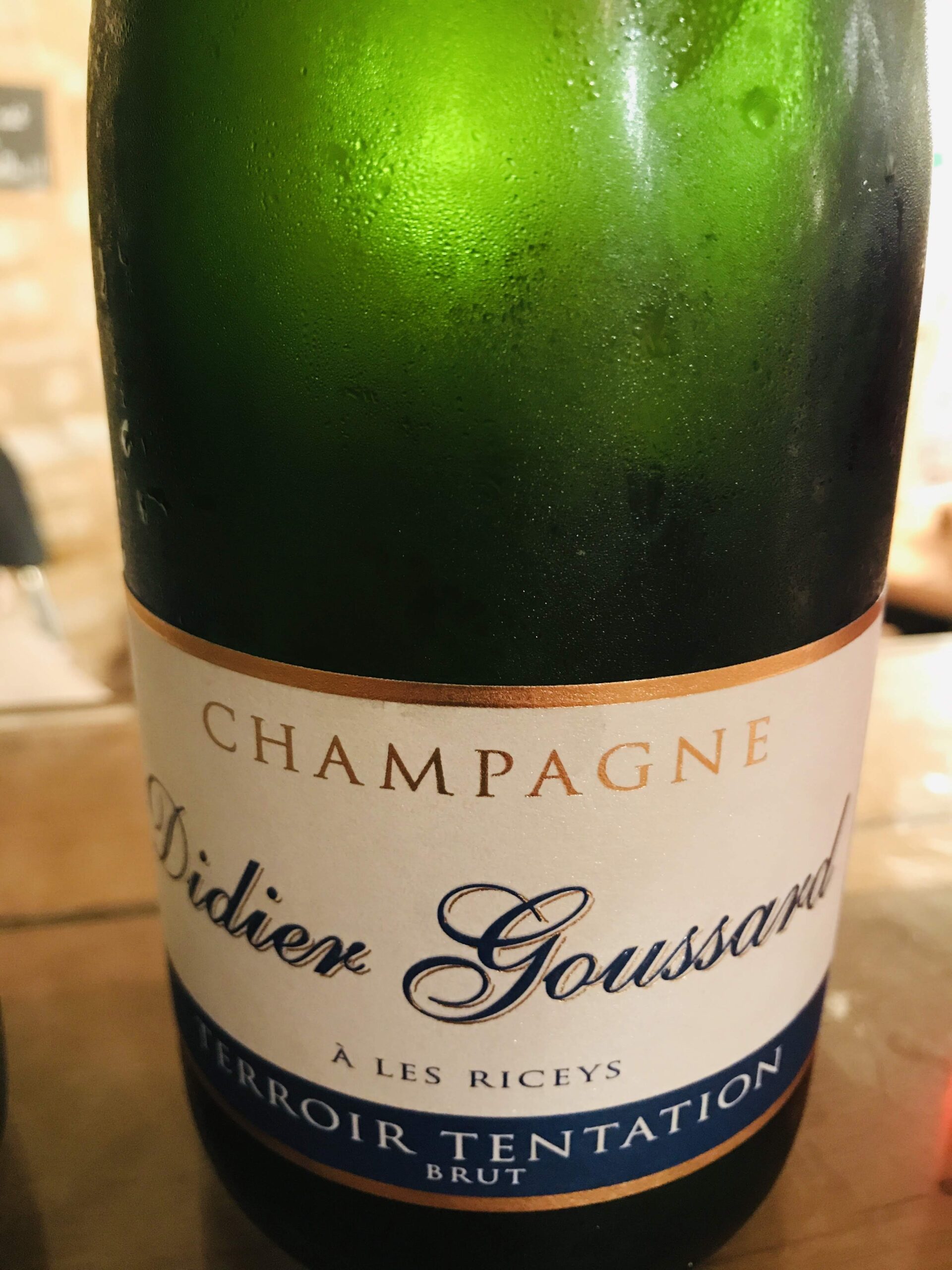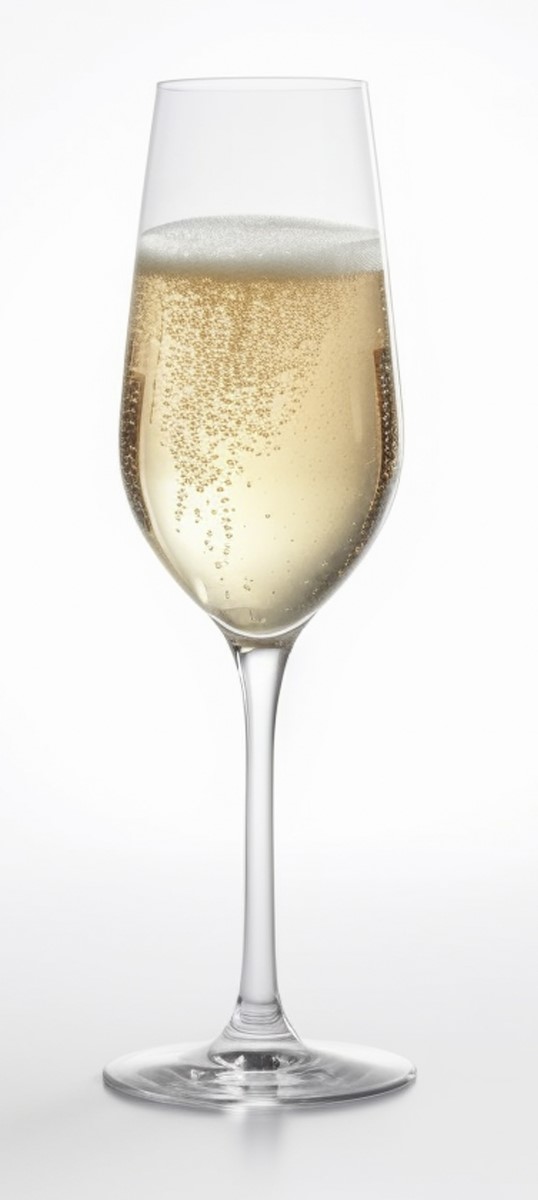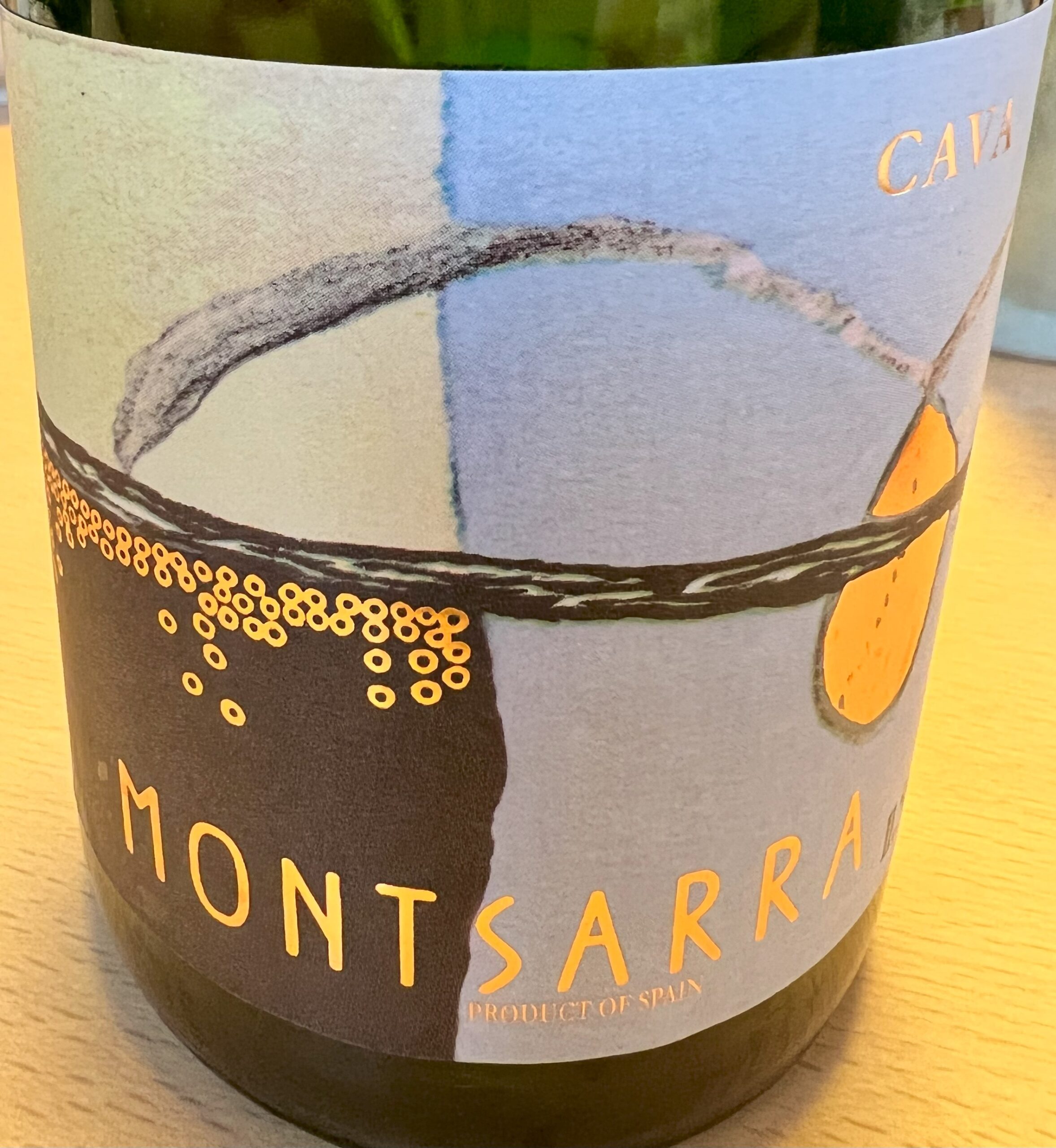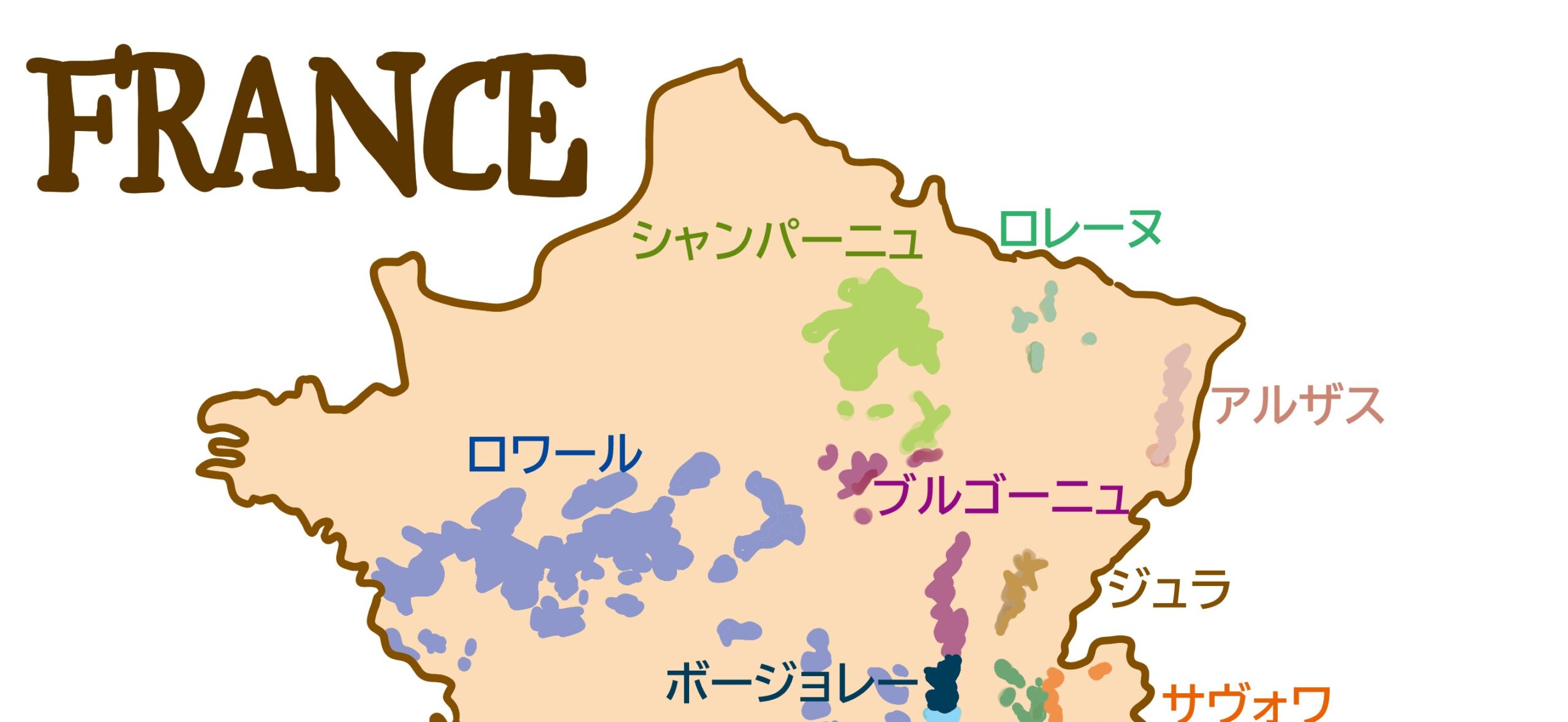Updated:2023/05/13
Only champagne made in the Champagne region of France can be called champagne.

As many of you know, there is a clear difference between champagne and other sparkling wines. Simply put, sparkling wine is a general term for wine with bubbles. Champagne is one of many sparkling wines.
Champagne, which stands at the top of sparkling wine, is defined as “made in the Champagne region of France by the conditions stipulated by the French AOC law”. One of the conditions is the method of secondary fermentation in the bottle. After primary fermentation, the wine is bottled with added sugar and yeast, and a cork stopper is placed. Then the second fermentation slowly happens in the bottle. This method is said to produce a brioche-like aroma, complexity and delicate bubbles. It’s a very time-consuming and cumbersome method, so it’s not unreasonable that champagne will be expensive.
We can expect similar complexity from a sparkling wine made in the same way as champagne.

Not only in the Champagne region, but also in other regions, secondary fermentation in the bottle is used to make wine. For example, in France, even if sparkling is made with secondary fermentation, it cannot be called champagne unless it is made in the Champagne region. Such a wine can be called Crémant (it must also be produced according to the AOC method). Crémant d’Alsace, Crémant de Bourgogne, etc. Compared to Champagne, Crémant tends to be aged for a shorter period and has a lighter taste.
Franciacorta in Italy and Cava in Spain are made in the same way as champagne, and especially Cava is cheaper than champagne, so if you like complex flavors such as brioche, please check them out.
If you want to enjoy a fruity and refreshing taste

I like the type made with the traditional method of secondary fermentation, so I wrote a little too long about it. Still, there are delicious sparkling wines made with other methods (Charmat method and transfer method) as well. Due to the difference in fermentation time and contact with air, non-secondary fermentation wines are often characterized by fruitiness and fresh flavor. On a hot summer day, you can enjoy refreshing fruity sparkling wine!
